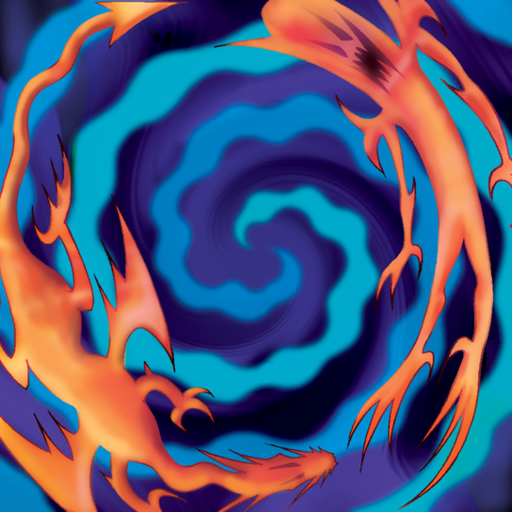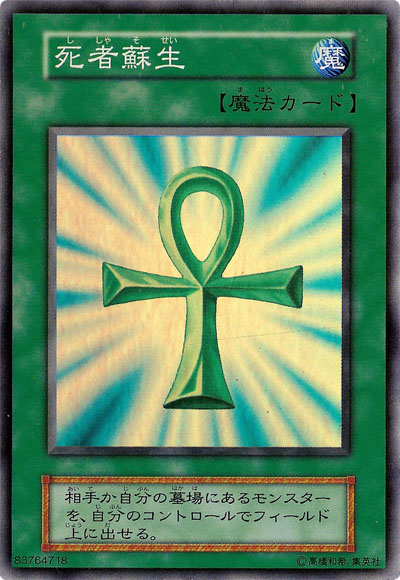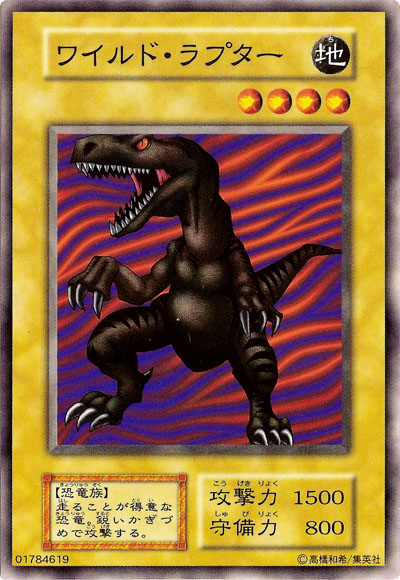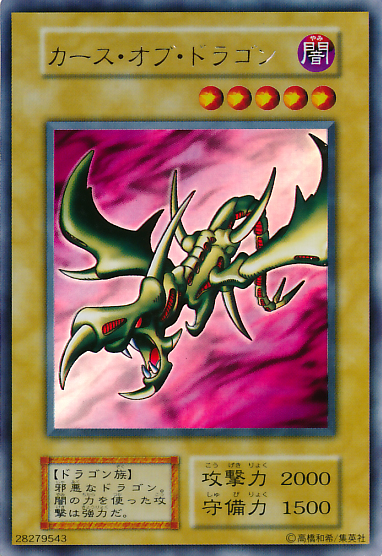THE NEW RULES!! - Yu-Gi-Oh! Official Card Game Official Guide Starter Book! (Part 2)
(Part 1 can be found here.)
As mentioned previously, the Official Guide Starter Book held a lot of information for the aspiring Duelist. The most important of this, and what would further build upon the foundations of the "Yu-Gi-Oh!" Collectable Card Game as a whole, are the EXPERT RULES!!!
The Expert Rules (「エキスパートルール」Ekisupāto Rūru) were the next rule set introduced by KONAMI. Previously, the Official Rules were made with the idea that beginners could learn the game rather quickly without needing to know any extra mechanics. While it was interesting to play like Yugi and friends, there were issues with the Official Rules that made it less interesting and more luck based than other card games in the market.
The First Wall speaks of most of the issues in more detail. Suffice to say that KONAMI and Takahashi-Sensei adjusted the rule into something more strategic for advanced players. Let's consider them now:
FUSION SUMMONING
With the Official Rules, one had to place both monsters on the field before they could activate "Polymerization." This led to great difficulty in performing it due to the weakness of the Fusion Materials. Vol.2 attempted to rectify this with "Swords of Revealing Light", but relying on getting an Ultra Rare to get protection while you placed the proper Materials wasn't consistent.
Thus, the Expert Rules now made it legal to use Fusion Materials from one's hand instead of requiring them to be on the Field. This made Fusion Summoning easier for Duelists and allowed the Fusion Deck to see use more regularly. Unfortunately, Vol.2 had also hard powercrept almost all of the Fusion Monsters thanks to being able to place "Uraby", which had the same or more Attack Power (1500) than almost all of them barring "Flame Swordsman" with its 1800 Attack Power.
In the long term, this change set up how Fusion Summoning would traditionally be done in its most basic form. It also served as the building block to iterating different methods of Fusion Summoning long in the future.
COMBOS
The term "combo" has a few meanings for those who know of the modern game. But for this period, the term means exactly what you'd think it does. A Combo is just a combination of cards that create a specific result. And with the rule change, it was now possible to play multiple Magic/Trap cards per turn.
Let's give an example for those who might not know how "Yu-Gi-Oh!" works. "Monster Reborn" and "Raigeki" are two cards that combo together pretty well. "Raigeki" can destroy all of the opponent's monsters and then "Monster Reborn" can revive one from either Cemetery before the controller of the "Raigeki" has even placed a monster. This can leave an opening for massive damage and strong board positioning, possibly even winning the game.
This was easily the biggest long-term change produced by the Expert Rules. So many strategies wouldn't exist in their historical forms if the Official Rules' way to use Magic/Trap Cards were still the norm today. Even a few months down the line in Series 1, comboing will be an important part of how this game is played. For better or worse? Well you can decide that for yourself.
TRIBUTES
 |
| The Level Symbol On Monsters |
The most immediate high impact change to the game brought by the Expert Rules was the introduction of Tributing. To TRIBUTE (「
TRIBUTE SUMMONING (「
Level 5-6 monsters would require offering one monster as a sacrifice. While there wasn't a Level 6 monster just yet, it was only a matter of time before one would be introduced, and it fit to have Level 6 monsters require one Tribute since the buffer above that Level would be higher.
Level 7-8 monsters would require offering two monsters as a sacrifice. Considering how powerful these monsters were under the Official Rules, putting this hefty requirement was considered a way to limit the impact of these creatures on the game.
That this is one of KONAMI's best decisions in terms of game design can't be understated. Anyone with the money and the patience could have built a Deck with a huge number of High Level monsters, invalidating the existence of the Low Level ones eventually. By introducing the Tribute Summoning mechanic, these monsters were given a weakness that would keep them from simply taking over Duels with a simple Summon. "Blue-Eyes White Dragon" particularly needed this restriction as no monster could destroy it on its own without some help.
In the short term, a revolution had taken place overnight. Now the orientation towards a High Level Beatdown axis had been averted. Instead, Low Level Beatdown strategies would take the stage. High Level monsters would supplement the Low Level ones instead of ruling the roost, though Deckbuilding and the card pool would still find a way to bring these behemoths to bear against the enemy. This meant that all monsters now had the potential to see use regardless of Level.
In the long term, High Level monsters above Level 7 would rarely see play. Their cost was considered too burdensome to bear without a good reason, and so Low Level monsters would be favored with certain Mid Level monsters that proved above the norm. However, a home would eventually be found that accommodated the existence of the great Tributes for the entirely of the Classic era.
CONCLUSION:
These changes made the Expert Rules a new experience from the manga-inspired Official Rules. In some ways, nothing had really changed. Many Duelists were already building on a Low Level axis due to lack of access to certain cards. But for those who had packed in their Decks due to getting a high number of those cards, they now had to decide how to build their Decks for the future.
But there was one more thing the Official Guide Starter Book did that would set the stage for the next couple of months. One more change that would have an impact on the way people played: it was time to change up how certain cards operated. It was time for erratas!
(Continue on to Part 3 here.)








Comments
Post a Comment